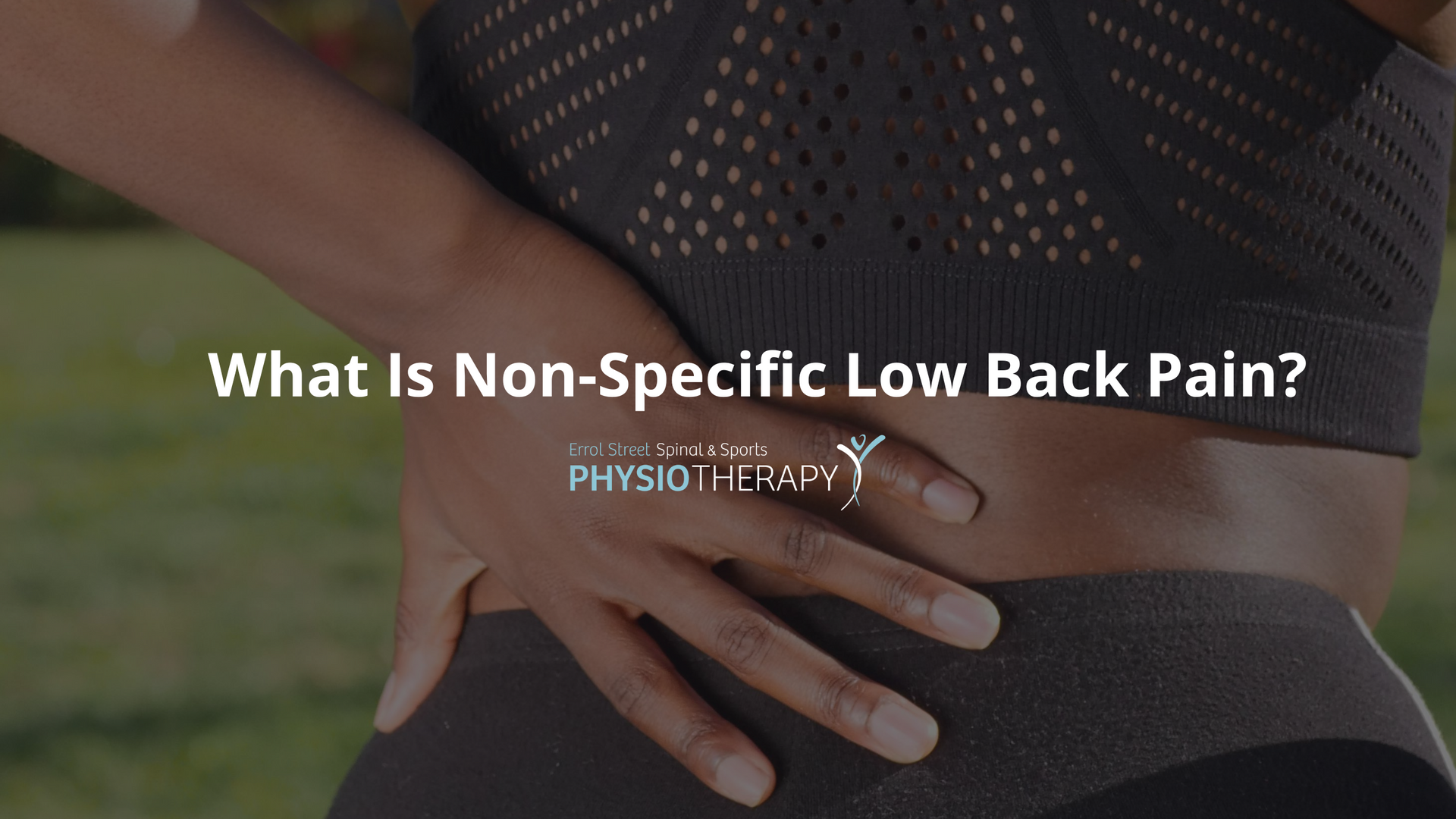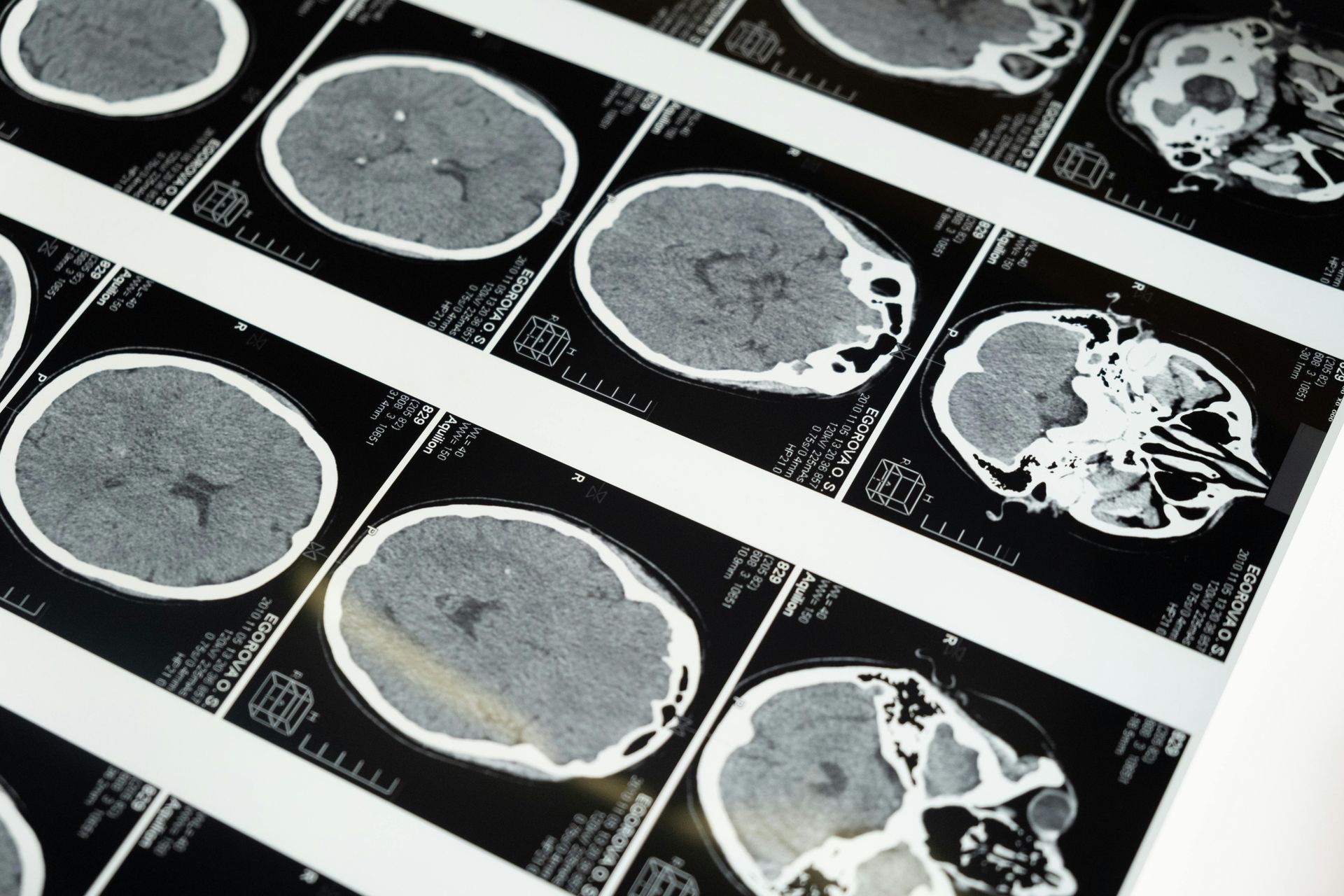Understanding Non-Specific Low Back Pain: What You Need to Know
Understanding Non-Specific Low Back Pain: What You Need to Know
Low back pain is one of the most common complaints worldwide. For many, it comes and goes, but for others, it can persist, affecting daily life. If you've been told you have "non-specific low back pain," you might be wondering what it means and what to do about it.

Non-specific low back pain refers to pain in the lower back that cannot be attributed to a specific underlying condition like a fracture, herniated disc, or infection. It’s the most common type of back pain and is often mechanical in nature, meaning it’s related to how the spine, muscles, and joints move.
Trends in the latest research indicate that people without pain often have abnormal findings such as degeneration and disc bulges on scans. So we can't automatically place the blame on these structures causing a person’s pain.
Is There a “Right” Way to Move or Sit?
Here’s some good news: there is no perfect posture, movement, or activity—and no single posture or movement inherently causes low back pain or injury. The human spine is incredibly strong and robust, designed to move and adapt to different positions and loads.
That said, back pain often arises when there’s a mismatch between what your spine is exposed to and what it’s ready to handle. For example:
- Too much, too soon: If you suddenly increase the intensity, duration, or frequency of an activity (like lifting, bending, or sitting), the tissues in your spine can become irritated.
- Sustained or repetitive loads: Prolonged exposure to a particular posture or movement (e.g., slouching at a desk or repetitive heavy lifting) can lead to tissue inflammation and discomfort.
- Relative exposure: What’s tolerable for one person may not be for another. Your unique history, strength, and habits all play a role in how your spine responds to various activities.
Instead of searching for the “perfect” way to sit or move, focus on variation and moderation. Change your posture often, mix up your activities, and listen to your body’s signals.
What Does Non-Specific Low Back Pain Feel Like?
Symptoms vary from person to person but commonly include:
- A dull ache or stiffness in the lower back.
- Pain that worsens with certain movements, such as bending or lifting.
- Discomfort after prolonged sitting or standing.
- Localised soreness or tightness around the lower spine.
What to Watch For
While non-specific low back pain is usually not serious, it’s important to monitor your symptoms. In some cases, back pain can indicate a more serious issue.
When to Seek Immediate Help
Seek urgent medical attention if your back pain:
- Is accompanied by numbness, tingling, or weakness in your legs. This could indicate nerve involvement.
- Comes with loss of bladder or bowel control. This is a red flag for a condition called cauda equina syndrome and requires immediate care.
- Is the result of a serious injury like a fall, car accident, or heavy blow to the back.
- Doesn’t improve after a few days of rest and self-care. Persistent pain could indicate an underlying issue that needs assessment.
Managing Non-Specific Low Back Pain
The good news? Most cases of non-specific low back pain improve with simple, proactive measures.
- Stay Active: Movement is key. Gentle exercises like walking, swimming, or yoga can help maintain mobility and reduce stiffness. Avoid prolonged bed rest, as it can delay recovery.
- Practice Postural Variation: Remember, there’s no perfect posture. Aim to change positions frequently throughout the day to avoid overloading specific tissues.
- Move: Gentle movement away from the painful direction is advised in the acute stages.
- Improve your muscle strength: Muscles that can help your spine like your back muscles, glutes and abdominals.
- Pain Relief: Over-the-counter pain relievers like ibuprofen can help manage discomfort in the short term, but always consult a healthcare provider before starting new medications.
When to Consult a Professional
If your pain persists or significantly interferes with your daily life, it’s time to see a healthcare provider. A Life Performance physiotherapist, can assess your condition and create a tailored treatment plan, which may include:
- Hands-on therapy to relieve pain and improve movement.
- Exercises to strengthen and support your back.
- Advice on lifestyle changes to prevent future episodes.
The Bottom Line
Non-specific low back pain can be frustrating, but it’s rarely a cause for alarm. The spine is incredibly resilient and adaptable. Pain typically arises when activity or posture exceeds your current capacity—but this doesn’t mean you’re broken or weak. With the right approach, most people see significant improvement in their symptoms.
If you’re unsure about your symptoms or need guidance on managing your pain, don’t hesitate to reach out. We’re here to help you get back to living pain-free and doing what you love.










